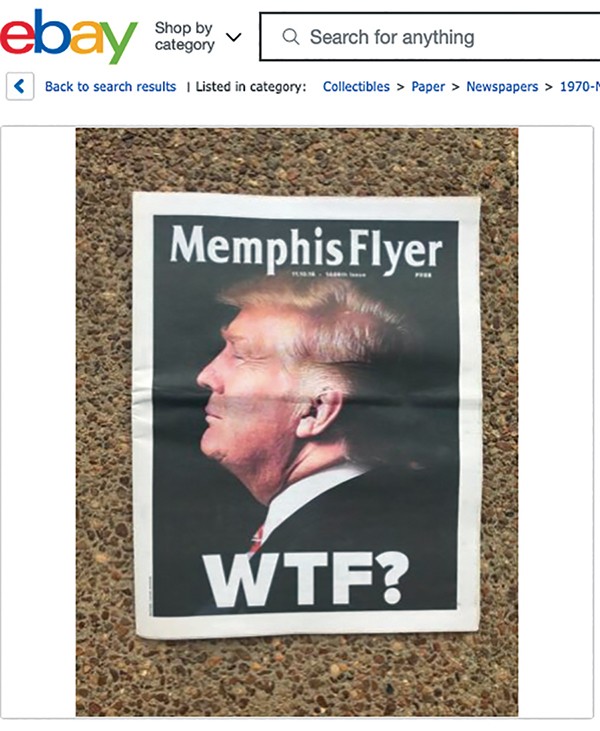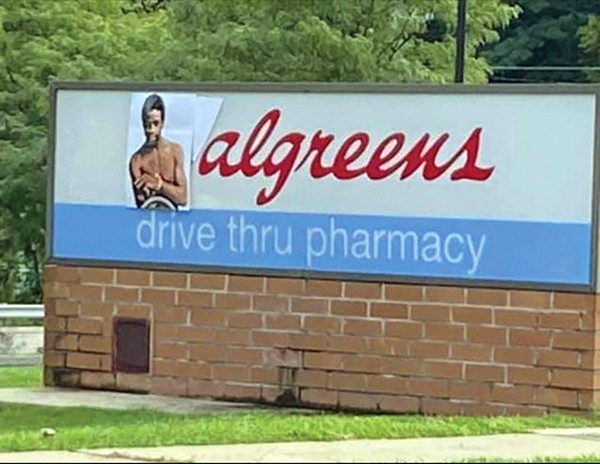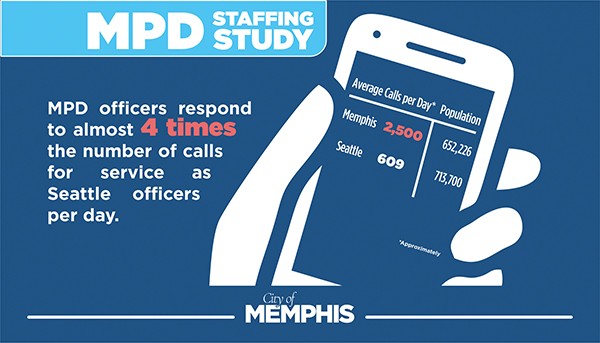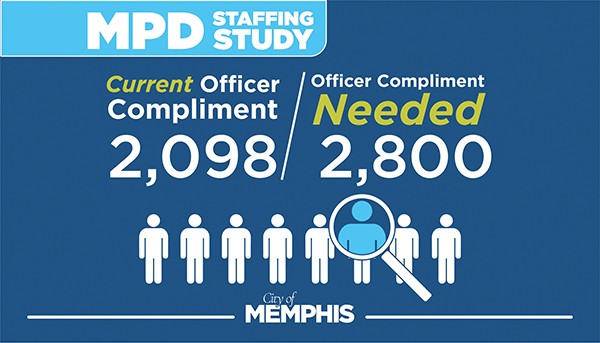
A leader in local struggles for environmental justice has been recognized by the national office of the Sierra Club in their 2020 awards program.
Last Tuesday, the organization named several awardees in various categories, and Sue Williams, a well known in activist circles around Memphis for decades, was granted the Robert Bullard Environmental Justice Award, recognizing “individuals who have done outstanding work in the area of environmental justice.”
Beginning in the late 1970s, Robert Bullard pioneered the concept of environmental justice, which draws attention to ways in which racism and classism intersect with environmental degradation in systematic ways. Industrial sites or landfills located near poor or minority neighborhoods, for example, make for greater concentrations of pollutants in those areas, with serious health consequences for residents there, especially in developing children. This frame for organizing overlapping interest groups has helped build powerful coalitions of activists from disparate backgrounds over the last 40 years. Sue Williams has been at the forefront of such innovative organizing in the Memphis area.
Since the mid-90s, she’s advocated for people-of-color and poor communities dealing with a myriad of issues. Stopping a low-level nuclear waste incinerator and organizing community advocacy around the Velsicol Chemical plant and its hazardous waste incinerator were two of her most notable causes. William’s background as an attorney has helped her bring an informed legal perspective to such work.
In the early 2000s, she helped train activists in air sampling around the Douglass neighborhood in north Memphis, surrounded by eight polluting facilities. She also assisted communities around hazardous facilities by enrolling in and promoting the Community Emergency Response Training Course. For 16 years, Williams also served on the planning committee for the Environmental Justice Conference, organized by the University of Memphis Anthropology Department, the Sierra Club Chickasaw Group, community leaders, and other community organizations.
 Photo courtesy Napa Café
Photo courtesy Napa Café 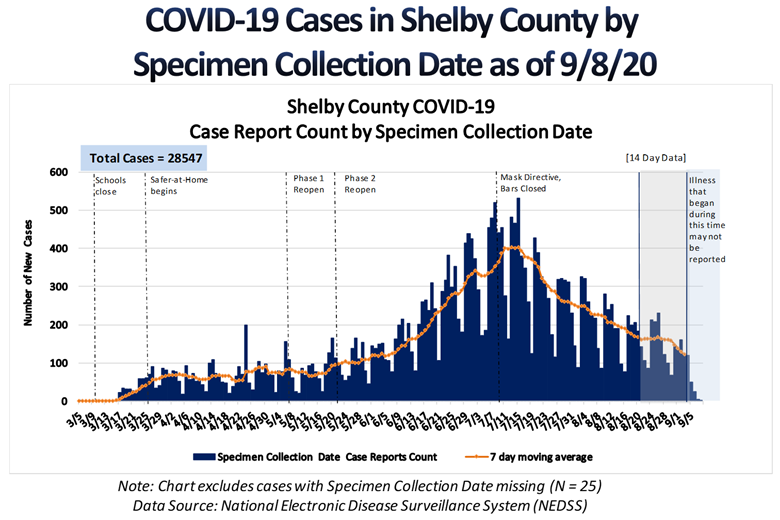
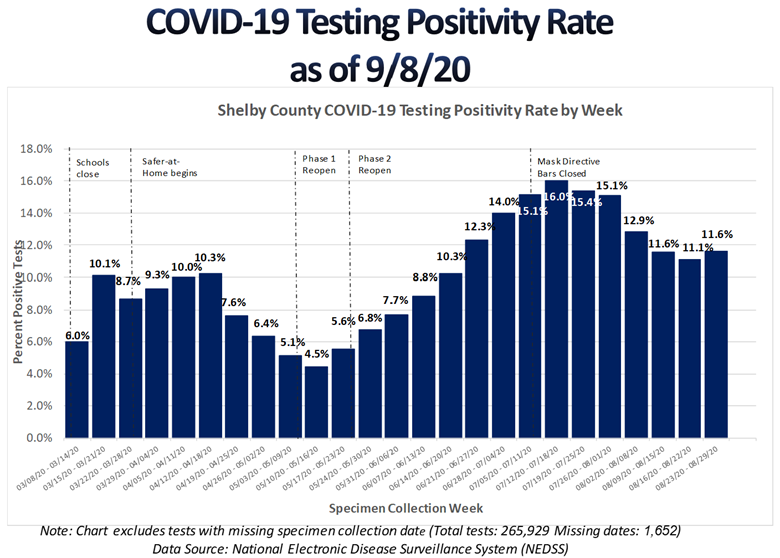
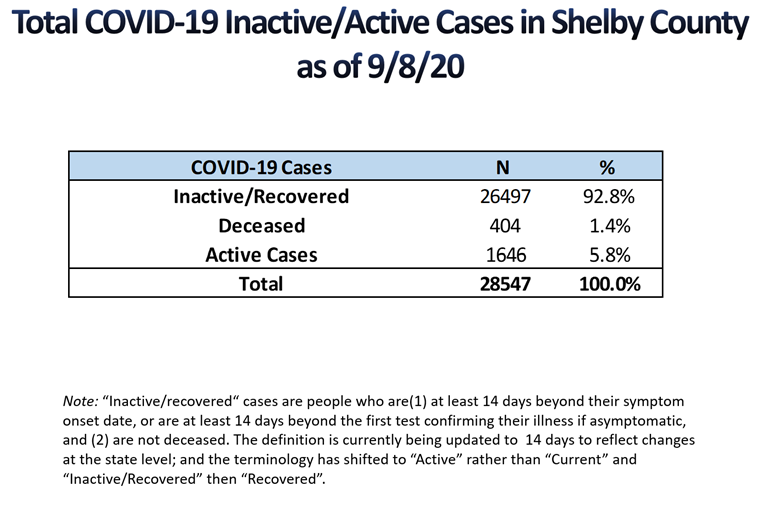
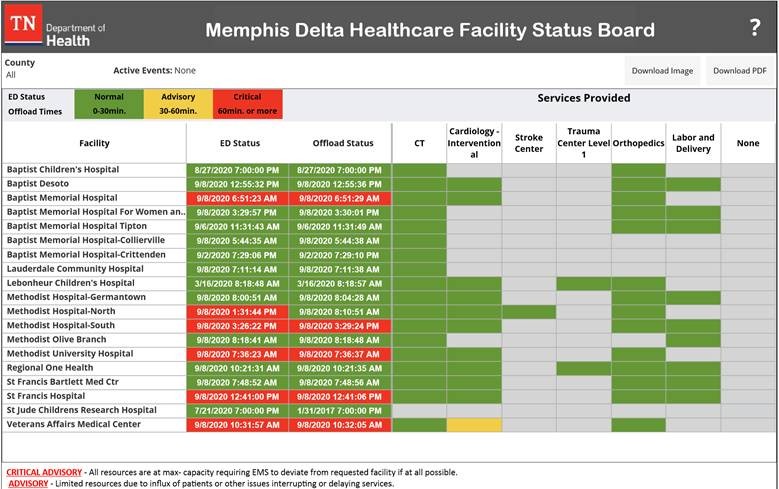
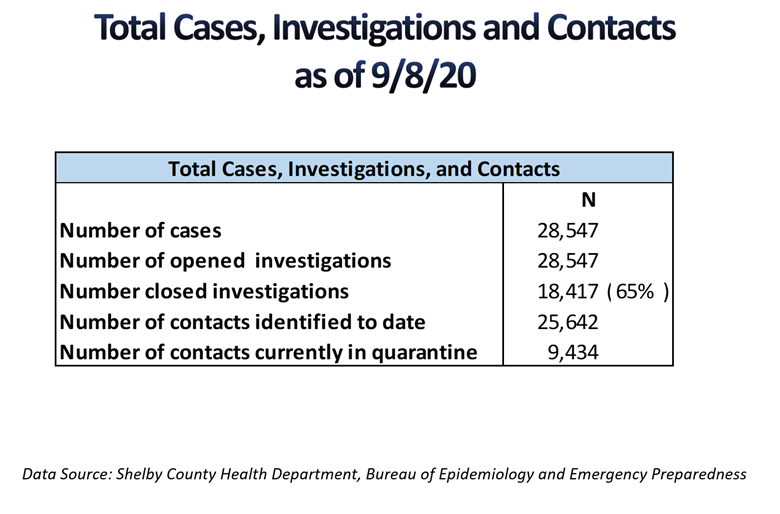

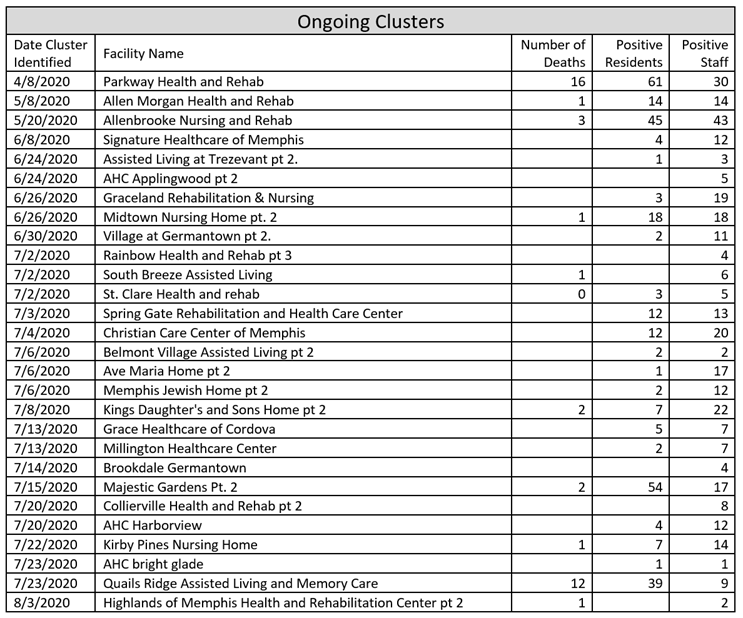
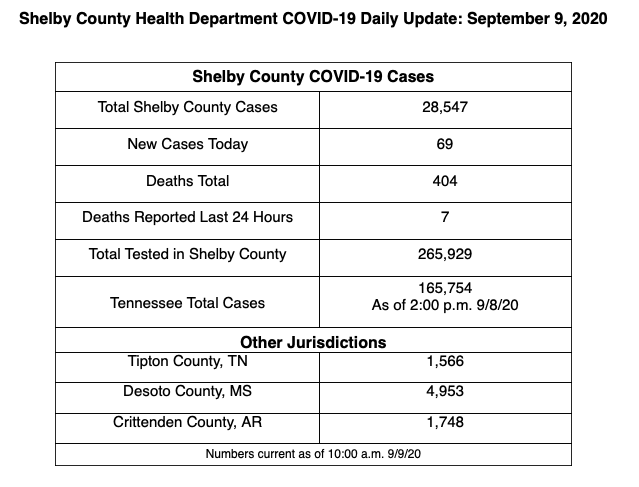
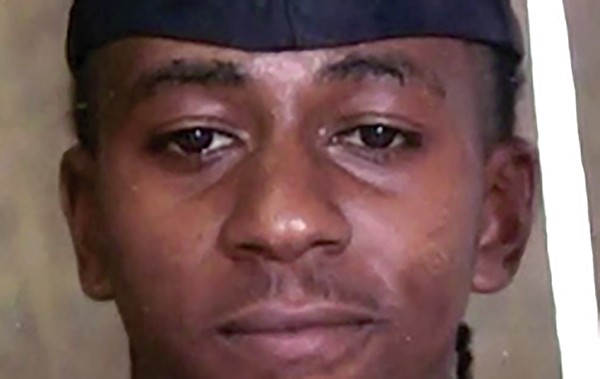
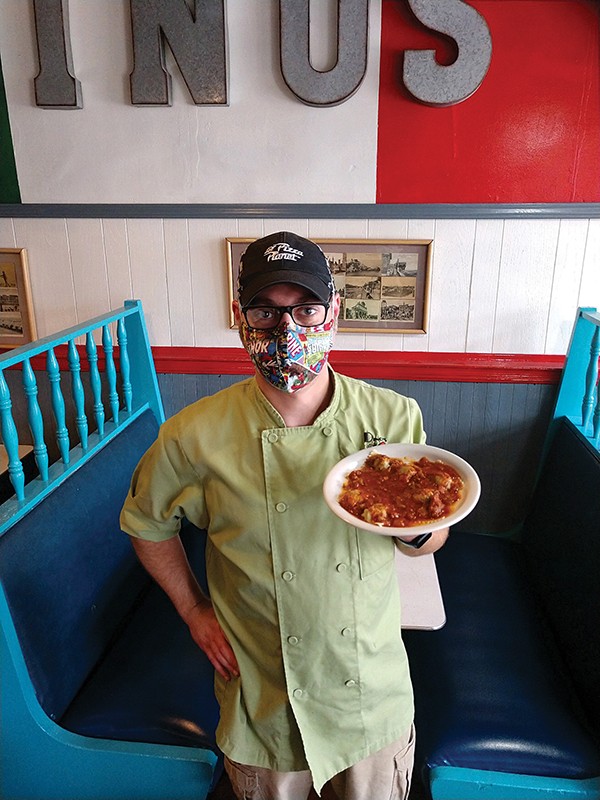
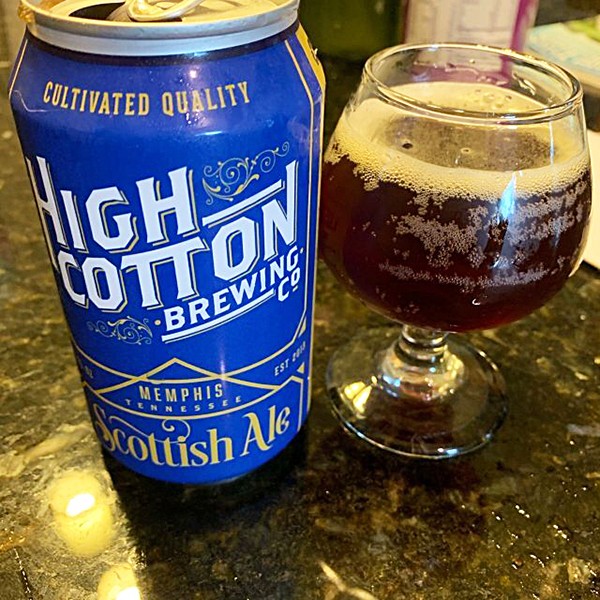 Richard Murff
Richard Murff  Courtesy of National Civil Rights Museum
Courtesy of National Civil Rights Museum 
